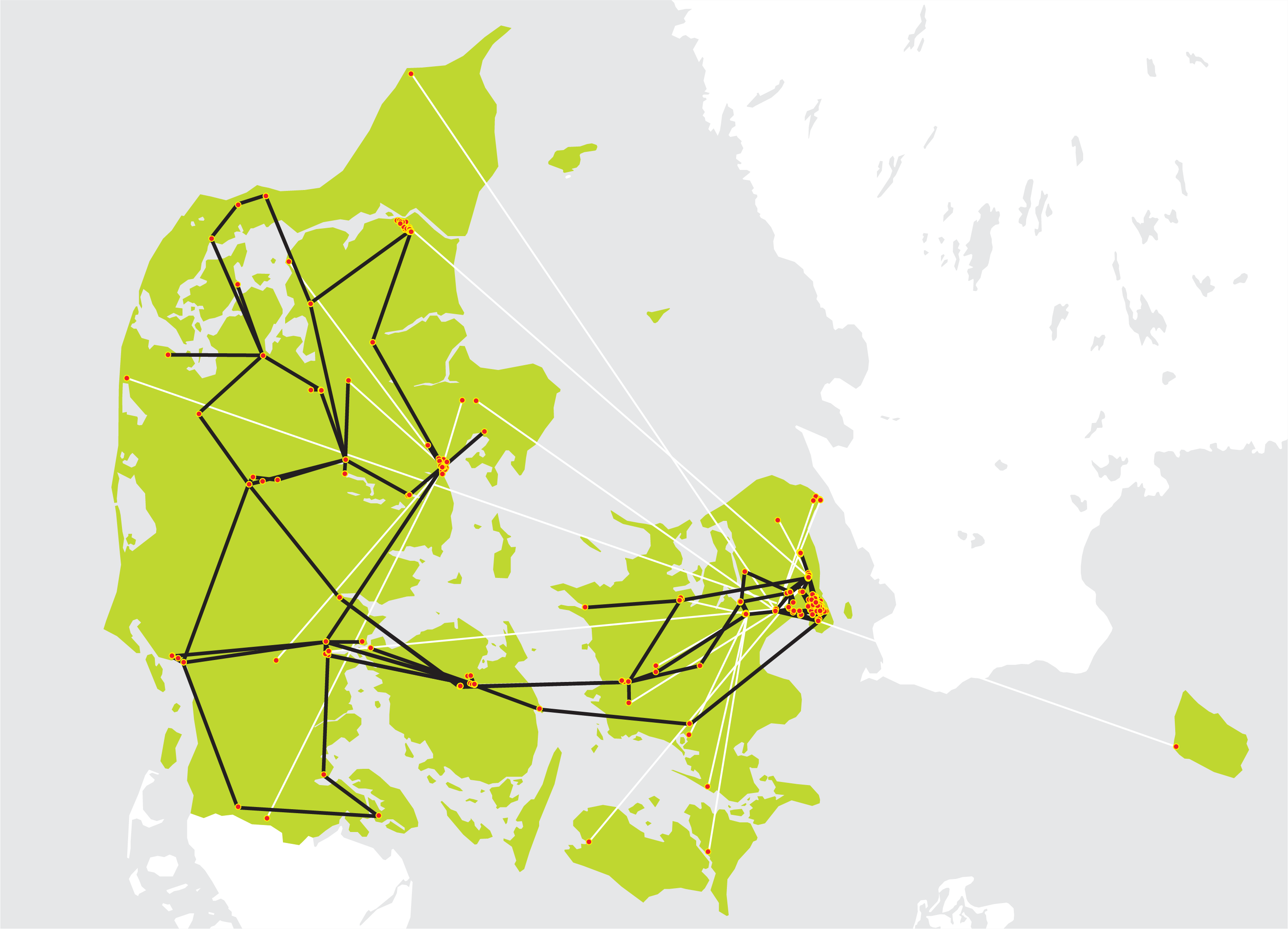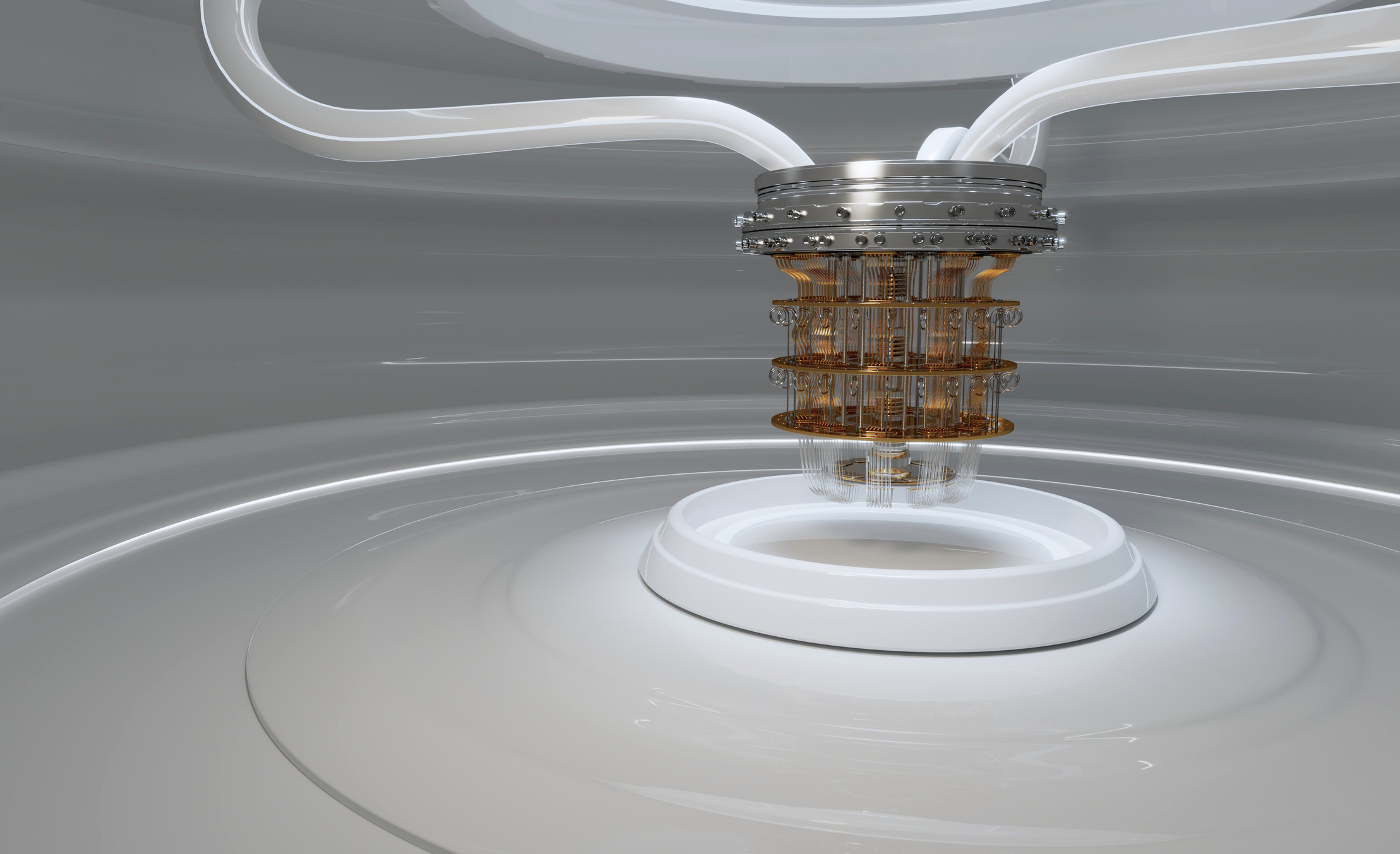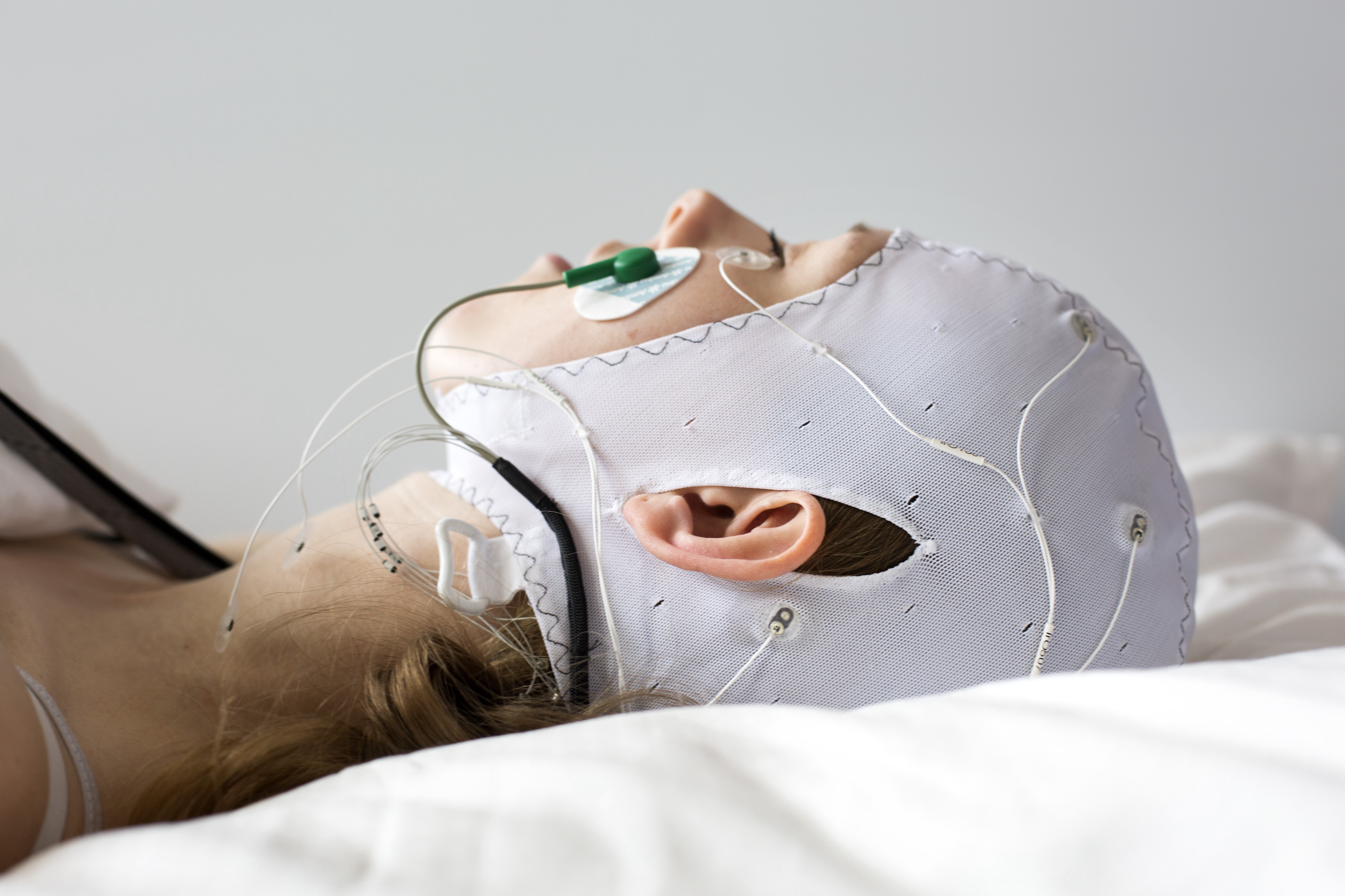The Research Network connects the Danish universities and research institutions directly with each other, with the other research networks in the world and with the Internet in general. This means that there are a number of advantages to using the research network over a regular connection with a commercial internet provider.
- Surplus capacity
- Low delay
- Guarantee of quality to the end
- International cooperation
- Platform for testing, development and co-ownership
- Access to services
Surplus capacity
Commercial network providers optimize their infrastructure in order to utilize equipment and lines as efficiently as possible, and one of the tools is overbooking in their backbone network. It is perfectly fine, and quite necessary to succeed in the competition between the providers.
At the research network, our network is designed according to other criteria: If a research project suddenly needs to transfer large amounts of data in a short time, there must be room for it. For us, a sudden doubling of traffic from 3- to 6Gbps is not a DoS attack, but part of a daily reality. There must be room for that.

The Research Network is a high-speed network that connects the Danish universities and research institutions. The network has been in existence since 1987 and has about 90 institutions connected.
The network is built on its own optical fibers, which in practice means that bandwidth upgrades are cheap or free, that the network cannot be intercepted remotely and that operational reliability in crisis situations is very high.
The international connections take place from the two hubs in Ørestad and Lyngby, respectively (where there is also a connection to the rest of the Danish internet via DIX). From here, a number of 10 and 100 Gbps connections to the institutions across the country originate. In addition, there are many direct connections across the network to support internal networks at geographically separated locations for the individual institutions - especially in the larger cities.
The international traffic from Denmark goes via NORDUnet and GÉANT from both Lyngby and Ørestad.
Therefore, if you have a connection of 10Gbps, you do not share the capacity in the backbone with other users. There is 10Gbps all the way, always!
Low delay
The light moves by approx. 200,000km/s in fiber optics. The more convoluted roads the traffic is sent and the more pieces of network equipment it passes, the greater the delay.
In its network design, the research network is optimized to achieve the shortest possible delay with the most direct roads and the least possible equipment on the paths.
In a local and national context, this means that it may for instance may make sense to have mirrored disk systems further apart than with traditional network solutions, and at the international level, for instance musicians in Copenhagen perform live with musicians in Prague or New York, where video and audio are transmitted over high-bandwidth and low-delay connections - something that cannot be achieved in the same way with commercial networks.
Guarantee of quality end-to-end
When you buy a traditional internet connection, you can usually get a guarantee for the bandwidth and quality of service in the provider's own network, but there is no guarantee for what it looks like the rest of the way out to those you communicate with.
The research network, on the other hand, sees it as its task to ensure quality all the way to the other end, both on the routed internet and dedicated point-to-point connection. Both in Denmark and internationally.
International cooperation
The construction with a special network for research and educational institutions is widespread in most of the world.Through organizations such as NORDUnet and GÉANT, DeiC collaborates with similar national research networks and international superstructures.
Ensuring quality and bandwidth for international connections, and otherwise cooperation on a number of services internationally, is possible by this international cooperation.
Platform for testing, development and co-ownership
As DeiC operates the research network hands on, we can give researchers access to the equipment. This allows researchers in IT and network technology to test theories and perform experiments on parts of the infrastructure. It is completely unique to the research network that users can be allowed to touch the infrastructure in this way.
When you join the research network, you also become part of a community where you can influence development. The research network is designed for you and your needs, which means that you can be heard and can tell what provides value for you and your institution.
Access to services
When you join the research network, it also opens up a whole world of services that are developed to support research and teaching.
An example is the eduroam service, which allows students and staff in the education sector to log in to all wireless networks involved in the collaboration. But you can also use services in information security, storage, video conferencing and much more.
Contact us
If you want to know more, contact Martin Bech, head of the research network, or the generic mailbox at DeiC. We will then contact you to clarify the details.




